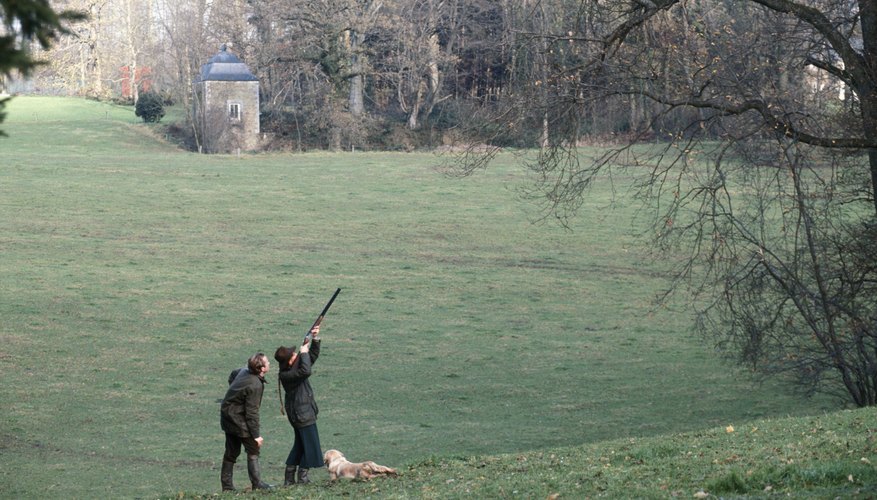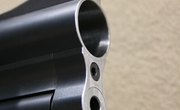
A rifle works similarly to other types of guns, but its design allows for more accurate and higher velocity shooting. Because of a rifle’s long barrel, it’s designed to be held with the butt of the gun pressed against the shoulder. It’s the length of the barrel, as well as grooves inside the barrel which spin the bullet, that improve velocity and accuracy.
How a Rifle Shoots a Bullet
The firing of a bullet from a rifle begins with a pull of the trigger. Once pulled, the firing pin snaps forward to strike the primer at the base of the cartridge case, which is inserted into the chamber at the base of the barrel. The cartridge case (shell) contains a primer charge, gunpowder and bullet. When the firing pin strikes the primer, a spark ignites the gunpowder which rapidly burns, creating an explosive expansion of gas which forces the bullet out of the cartridge and through the barrel at a high velocity.
The Barrel of a Rifle
What distinguishes a rifle from most shotguns is the rifling, or spiraled grooves, within the interior of the rifle barrel. As the bullet moves through the barrel, the grooves cause it to rotate. This spinning introduces other forces that keep the tip of the bullet pointed at the target, limiting the wobbling and tumbling that cause the bullet to stray off its straight-line path.
Reloading Types
Rifles can either feature a bolt-action, semi-automatic or automatic reloading mechanism, depending on its design. Bolt-action rifles have to be manually reloaded by the shooter after each shot. Semi-automatic rifles use the recoil from the last shot bullet to automatically feed a bullet into the firing chamber from a magazine which contains multiple rounds. A semi-automatic rifle requires a pull of the trigger for each shot. An automatic rifle functions much in the same way, but can fire multiple rounds in rapid succession by pulling and holding the trigger.
Role of Sights and Scopes
Optical sighting devices, including sights and scopes, are commonly mounted to the tops of rifles to improve aiming and accuracy. Iron sights feature two components, one at the muzzle end of the barrel referred to as the bead or post, and one at the other end, closer to the shooter's eye, called the notch. By aligning the post within the notch, your rifle is “sighted” and pointed in the direction of your target. Rifle scopes are essentially telescopes that feature lenses which magnify light and makes the distant target appear significantly closer than if viewed by the unaided eye. Some rifle scopes feature a power ring on the outside of the scope that can be turned to increase or decrease magnification. Many scopes also include elevation and windage knobs to compensate for the bullet drop over greater distances and the deflection caused by air and wind. The rifle mounted with a scope is aimed at the target by holding the reticle within the scope -- or crosshairs -- steady on the target.
References
Writer Bio
Kim Nunley has been screenwriting and working as an online health and fitness writer since 2005. She’s had multiple short screenplays produced and her feature scripts have placed at the Austin Film Festival. Prior to writing full-time, she worked as a strength coach, athletic coach and college instructor. She holds a master's degree in kinesiology from California State University, Fullerton.



